Benjamin Work - the enriching value of Tongan Visual Language
Check out the beautiful work of Tongan artist Benjamin Work, who has just been named the 2025 Matafatafa Aho Pacific Artist in Residence at the Auckland Museum.
Benjamin’s art draws from Tongan cultural history, Indigenous mark-making, and visual language systems, spanning his paintings, installations, and large-scale murals.
His residency sees him spend three months working within the Museum’s Documentary Heritage collections to produce a new artwork.
Benjamin Work highlights the enriching value of Tongan Visual Language and it’s powerful ability to restore.
* Cover photo credit: Vinesh Kumaran
Born and raised in East Auckland, Benjamin Work is an Auckland-based artist with a practice largely motivated by the semiotic language of Tongan kupesi. Influenced by both his Tongan (Vava’u) and Scottish heritage, he speaks to Taualofa Totu’a on the privilege of learning from a lineage of storytellers, building a community of mentorship in Tongan knowledge and his faith in the future of Tongan art.
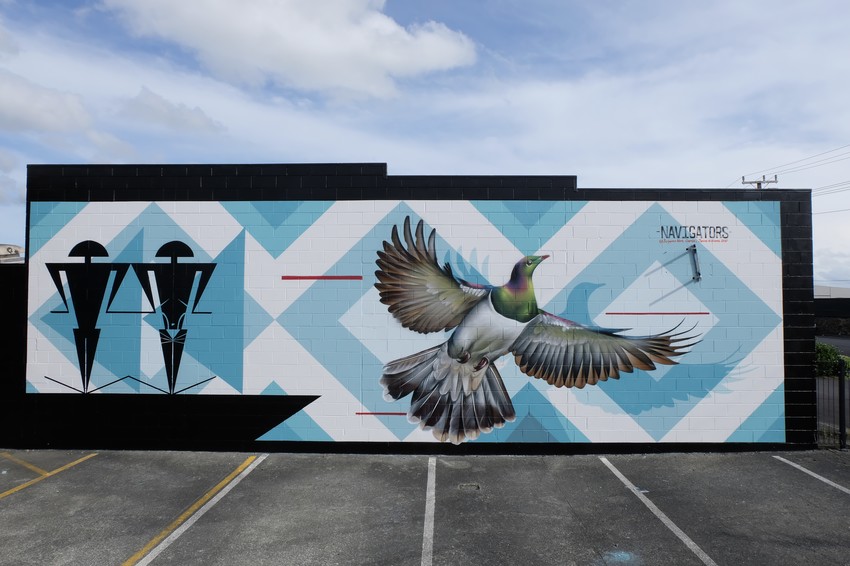
For Benjamin Work, the personal Tongan education received in his upbringing, was a visual experience empowered by the senses. Observing his mother’s interactions with koloa whilst embracing the sights and scents of Tongan culture, are core memories that remain for the artist today.
These experiences formed an ongoing curiosity for Tongan history and a sacred traditional practice respected as the women’s domain. Pictures and symbols found on the Ngatu around his home intrigued a young Work, who sought answers to questions about a land far from suburbia and life in Aotearoa.
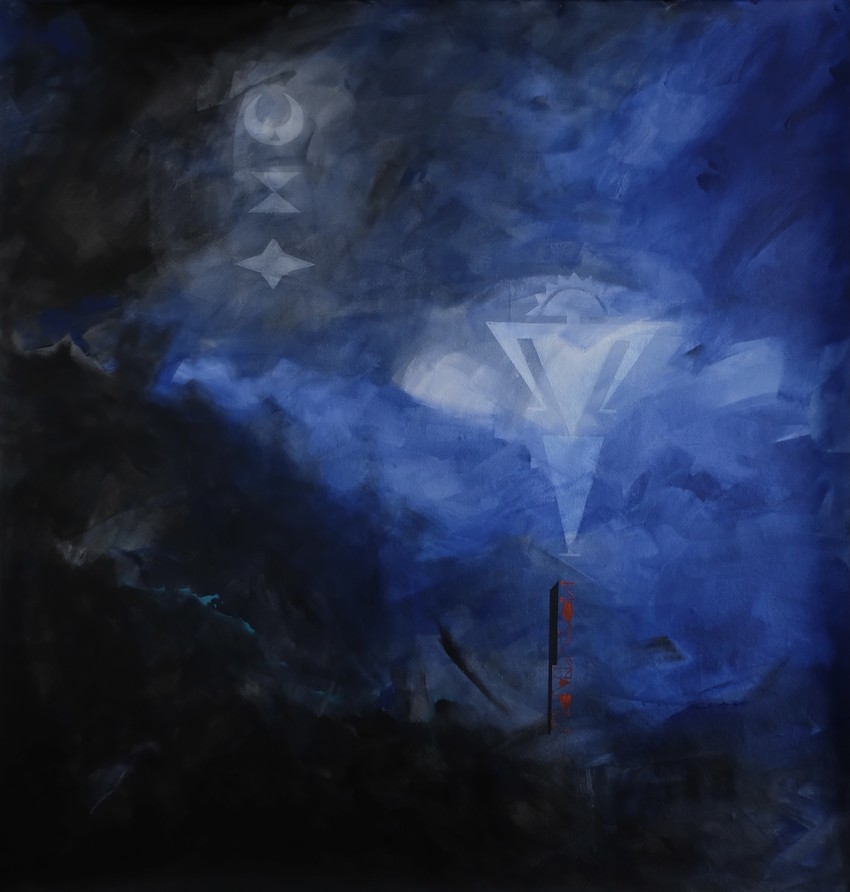
“I started questioning and asking and I was just intrigued. I gleaned as much as I could from my mother and then I looked at publications, talked with relatives... It wasn't until much later that I was introduced to Kolokesa Māhina-Tuai, who then introduced me to her father, Hūfanga Dr Ōkusitino Māhina.”
Through the vision of hindsight, Benjamin now truly understands the value of this education that can not be found in a typical classroom. Also an early member of Aotearoa’s most notable graffiti collective TMD, he speaks on the beauty of kupesi, a unique imagery with links to ancient knowledge, geography, and Tongan genealogical history.
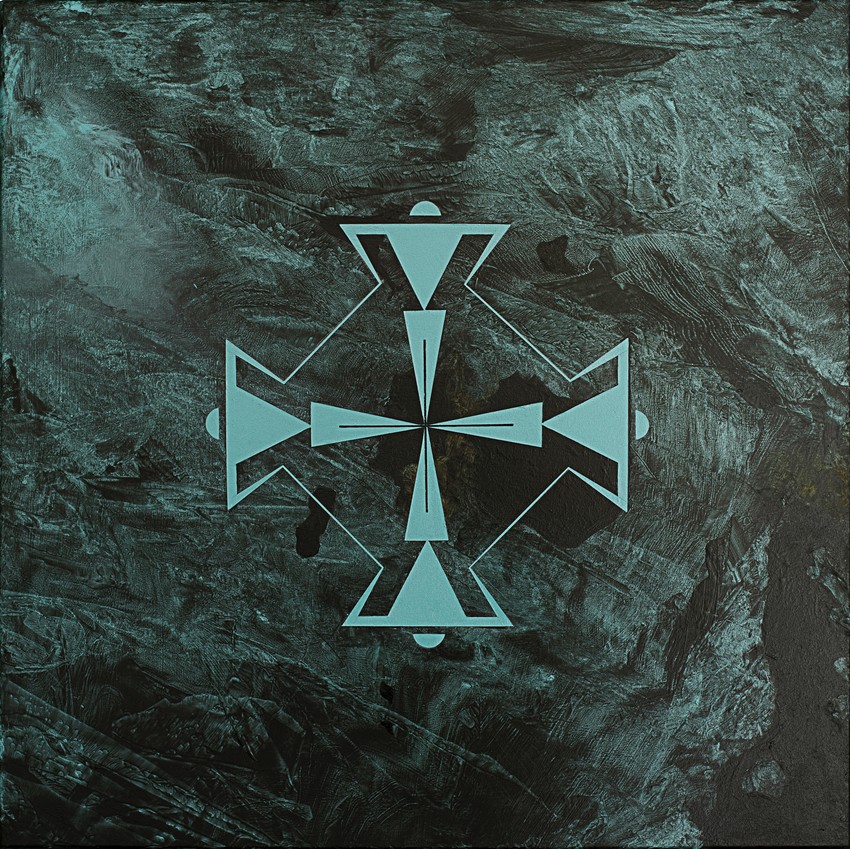
Work was able to draw parallels to the colour association and use of Tongan fonts in Ngatu to his personal Tongan experience with the Tongan gang communities here. Amidst the insecurity of diaspora experiences, Benjamin’s desire to gain greater access to Tongan knowledge - mainly from traditional pre-Christianity, suppressed by strict laws - grew; nurtured by what he describes as key knowledge holders who are good at sharing.
“I think that’s what we need, the diaspora needs elders who can share - otherwise we don't have access! We weren’t born in the islands. If that knowledge is held in, there is no opportunity for it to benefit our community overall”.
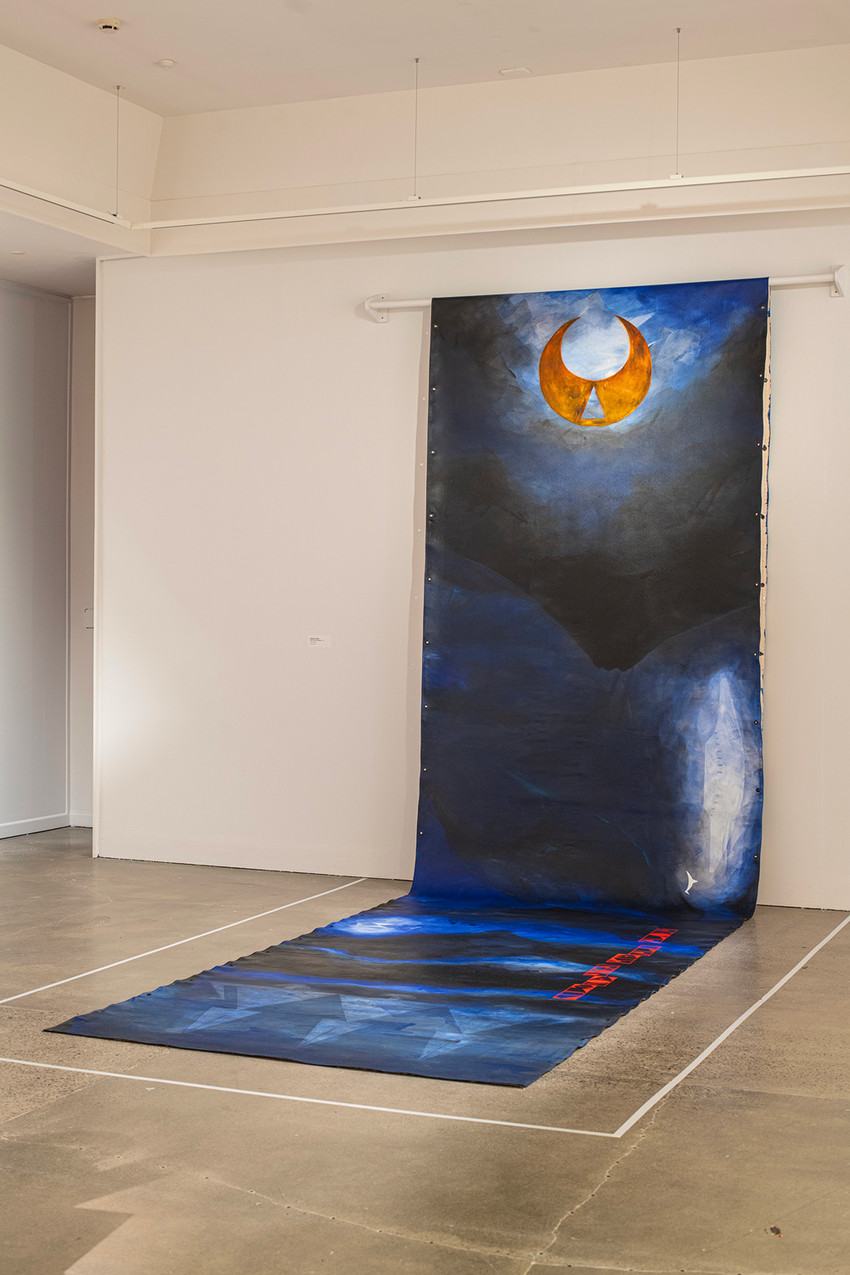
In 2011, the artist was introduced to the semiotic language on Tongan weaponry or ‘akau tau. Drawn to the knowledge of men’s labour and masculinity in form, Benjamin yearned to understand the coded meanings and history behind the weaponry that had been removed out of Tonga’s sight.
“On Cook’s voyages in the Pacific, the Tongan war club was his most collected item, compared to all the items he collected in Aotearoa, Tahiti and Hawaii. The highest number of artifacts were the Tongan war clubs. Just imagine how many are distributed all over the world - yet we don’t have many back in our homeland.”
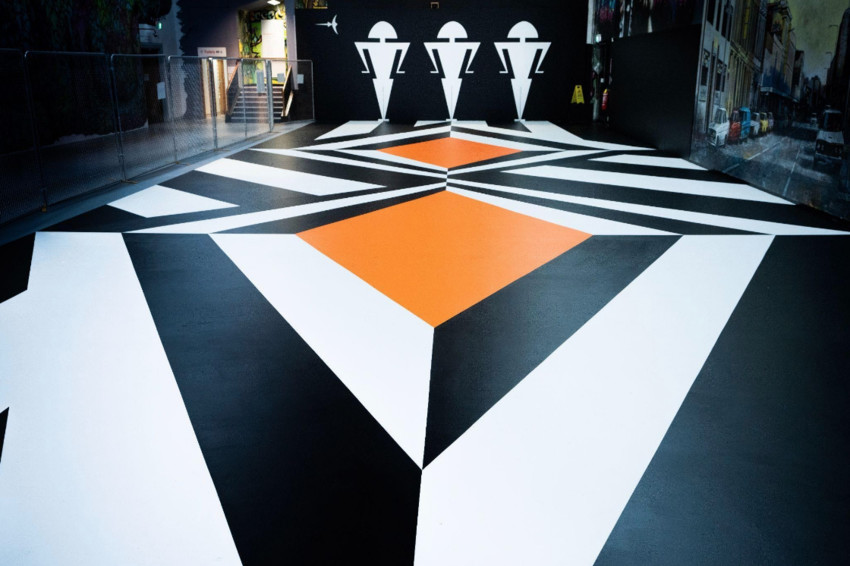
The men’s weaponry was a welcome change of view from the material culture he had always known, a space he wanted to honour for Tongan women.
“I really feel that they should thrive because women have been the carriers of this for generations and generations. Who am I to change that for this individual pursuit?”
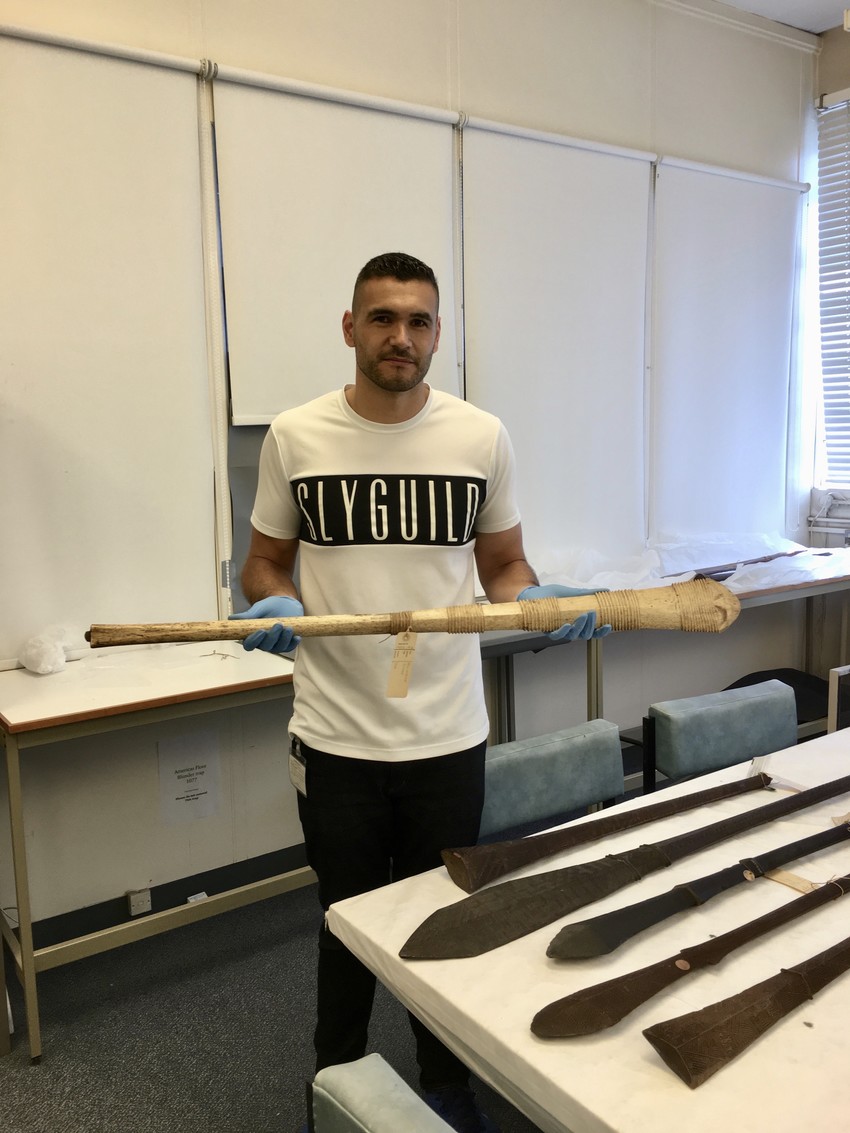
Looking forward, Benjamin is confident that the future of Tongan art is strong. Establishing and validating connections with fellow Tongan artists is a priority for him, as well as encouraging more Tongans to publish our own stories.
“It’s important to validate and encourage younger artists who may feel insecure about what they are trying to say. Every experience is valid. You’re not more Tongan if you can do this or do that. That’s something I learnt as an adult.”
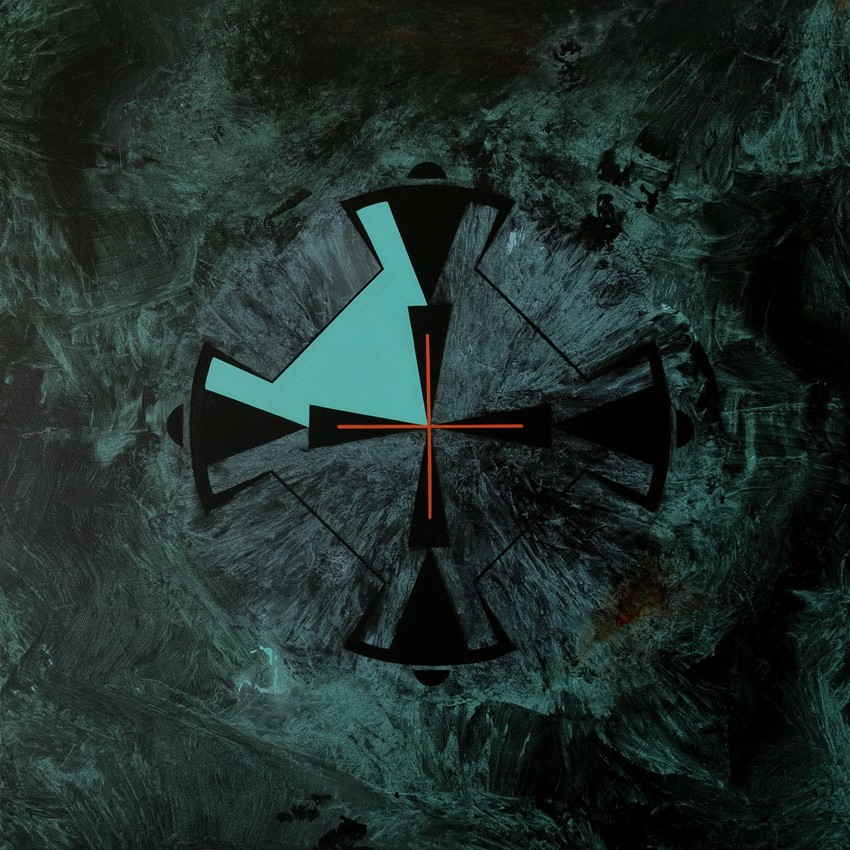
Changing the past is impossible but through his artist ventures and open discussion spaces like The Kava Book Club opened alongside Tongan Tātatau artist Terje Koloamatangi, there is more of Tonga being restored and reintroduced to its people abroad.
“That’s the uniqueness of the artists of Moana and Tangata Whenua as well. When we work, it’s not a Western individual practice. From within, we understand that there is this responsibility to our people as a whole and know the māfana and faka'apa'apa that comes with it. At the end of the day, we want our people to be proud - first and foremost.”
-
From the 20th to the 23rd of August 2023, 'Bodies of Water, Made of Land' will be one of the six exhibitions included in Te Tuhi Art Gallery’s exhibition and is a collaborative work by Work and Harrison Freeth that references the interconnections between body and land through the concepts of Vā (relational space) and Tā (time).
-
Throwback to the time Ben was in Tonga and learned Ta'ovala 101 from local Tongan expert Favine Fakahau Lumsden who explains when and why Ta'ovala are worn in the Kingdom.




